Blog
Grant Green (June 6, 1935 – January 31, 1979) was an American jazz guitarist and composer.
Recording prolifically for Blue Note Records as both leader and sideman, Green performed in the hard bop, soul jazz, bebop, and Latin-tinged idioms throughout his career. Critics Michael Erlewine and Ron Wynn write, “A severely underrated player during his lifetime, Grant Green is one of the great unsung heroes of jazz guitar … Green’s playing is immediately recognizable – perhaps more than any other guitarist.” Critic Dave Hunter described his sound as “lithe, loose, slightly bluesy and righteously groovy”. He often performed in an organ trio, a small group featuring a Hammond organ and drummer.
Apart from fellow guitarist Charlie Christian, Green’s primary influences were saxophonists, particularly Charlie Parker, and his approach was therefore almost exclusively linear rather than chordal. He thus rarely played rhythm guitar except as a sideman on albums led by other musicians. The simplicity and immediacy of Green’s playing, which tended to avoid chromaticism, derived from his early work playing rhythm and blues and, although he achieved a synthesis of this style with bop, he was a highly skilled blues and funk guitarist and returned to this style in his later career.
Grant Green was born on June 6, 1935 in St. Louis, Missouri to John and Martha Green. His father was at various times a laborer and a Saint Louis policeman.
Green began studying guitar while he was in primary school. He received some early instruction in guitar playing from his father, who played blues and folk music. He studied for a year with Forrest Alcorn. But he was mostly self-taught, learning from listening to records.
He first performed in a professional setting at the age of 13 as a member of a gospel music ensemble. His influences were Charlie Christian, Charlie Parker, Lester Young, and Jimmy Raney. He first played boogie-woogie before moving on to jazz. His first recordings in St. Louis were with tenor saxophonist Jimmy Forrest for the United label, where Green played alongside drummer Elvin Jones. Green recorded with Jones for several albums in the mid-1960s. In 1959, Lou Donaldson discovered Green playing in a bar in St. Louis and hired him for his touring band. Green moved to New York at some point during 1959–60.
more...Sunday June 5th 2022. 20 years since the death of Diego. Memorial site at 3932 Cedar Ave S Minneapolis today. https://diego-labriola.virtual-memorials.com
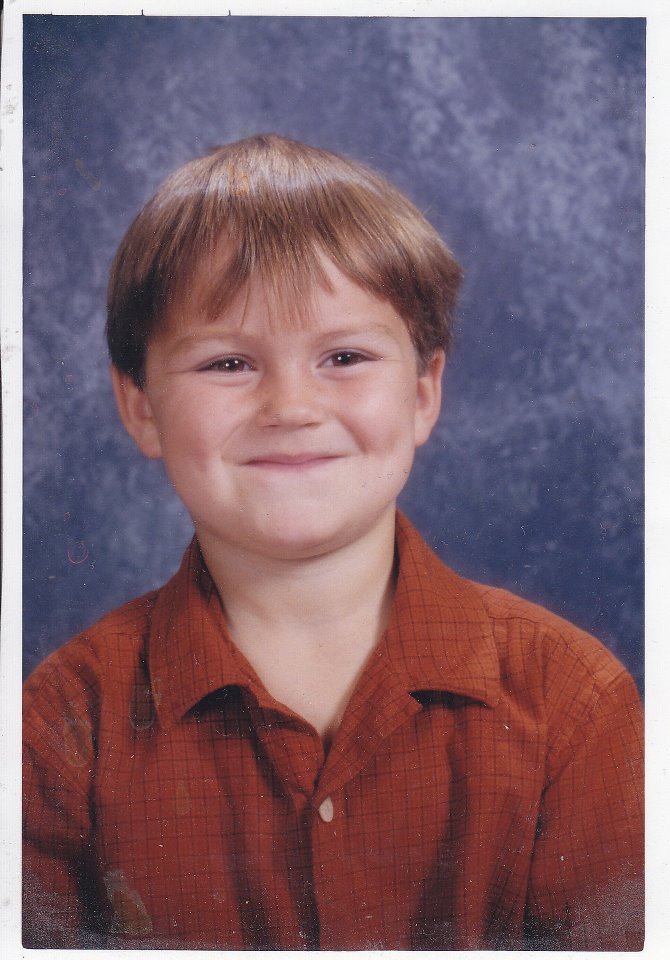
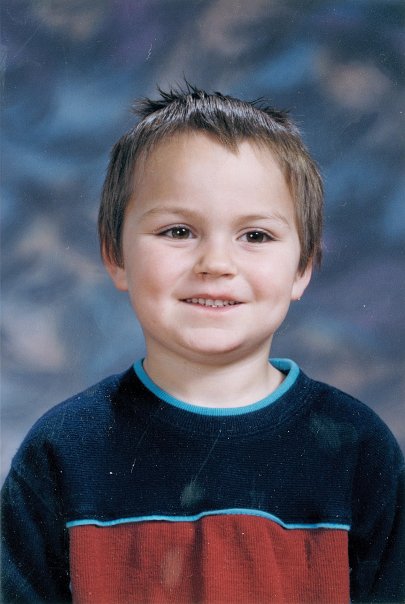
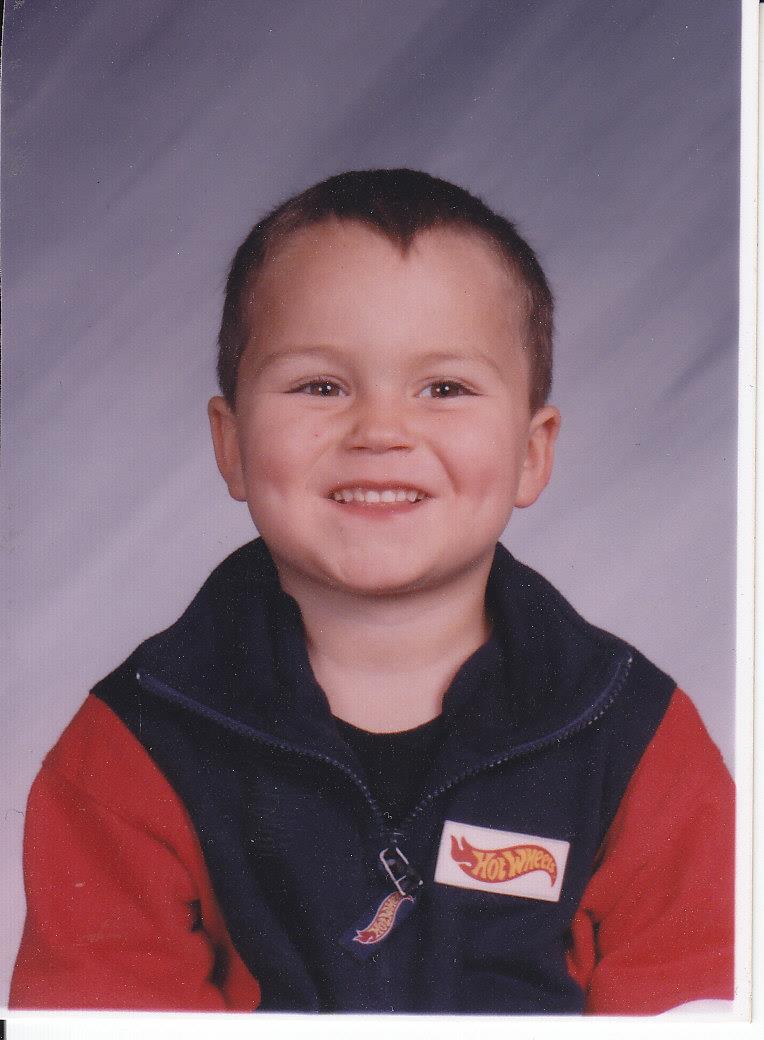
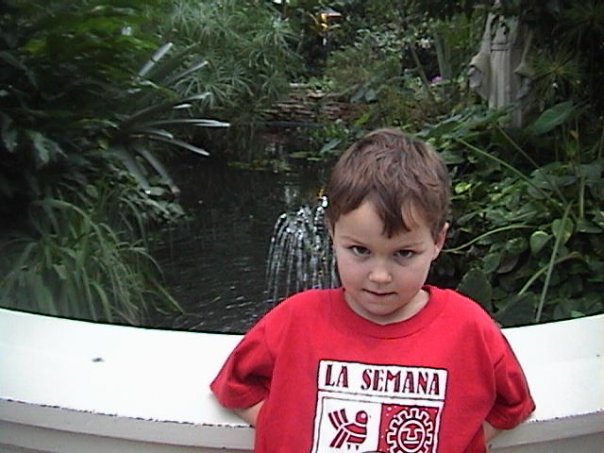

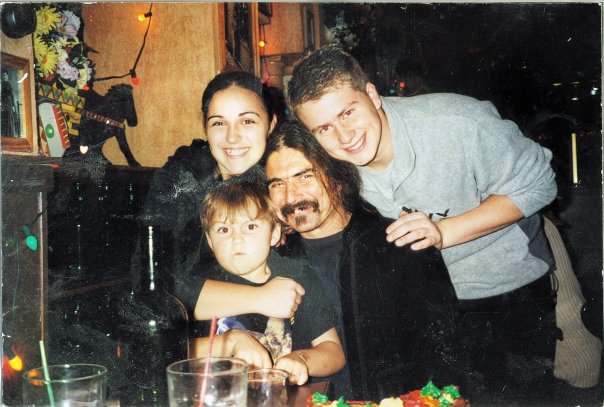
more...
The Carina Nebula or Eta Carinae Nebula (catalogued as NGC 3372; also known as the Great Carina Nebula) is a large, complex area of bright and dark nebulosity in the constellation Carina, and it is located in the Carina–Sagittarius Arm. The nebula is approximately 8,500 light-years (2,600 pc) from Earth.
The nebula has within its boundaries the large Carina OB1 association and several related open clusters, including numerous O-type stars and several Wolf–Rayet stars. Carina OB1 encompasses the star clusters Trumpler 14 and Trumpler 16. Trumpler 14 is one of the youngest known star clusters at half a million years old. Trumpler 16 is the home of WR 25, currently the most luminous star known in our Milky Way galaxy, together with the less luminous but more massive and famous Eta Carinae star system and the O2 supergiant HD 93129A. Trumpler 15, Collinder 228, Collinder 232, NGC 3324, and NGC 3293 are also considered members of the association. NGC 3293 is the oldest and furthest from Trumpler 14, indicating sequential and ongoing star formation.
The nebula is one of the largest diffuse nebulae in our skies. Although it is four times as large as and even brighter than the famous Orion Nebula, the Carina Nebula is much less well known due to its location in the southern sky. It was discovered by Nicolas-Louis de Lacaille in 1752 from the Cape of Good Hope.

Laura Phillips Anderson (born June 5, 1947), known as Laurie Anderson, is an American avant-garde artist, composer, musician, and film director whose work spans performance art, pop music, and multimedia projects. Initially trained in violin and sculpting, Anderson pursued a variety of performance art projects in New York during the 1970s, focusing particularly on language, technology, and visual imagery. She became more widely known outside the art world when her single “O Superman” reached number two on the UK singles chart in 1981. She also starred in and directed the 1986 concert film Home of the Brave.
Anderson is a pioneer in electronic music and has invented several devices that she has used in her recordings and performance art shows. In 1977, she created a tape-bow violin that uses recorded magnetic tape on the bow instead of horsehair and a magnetic tape head in the bridge. In the late 1990s, she collaborated with Interval Research to develop an instrument she called a “talking stick,” a six-foot (1.8 m) long baton-like MIDI controller that can access and replicate sounds.
Anderson met singer-songwriter Lou Reed in 1992, and she was married to him from April 2008 until his death in 2013.
more...Peter Erskine (born June 5, 1954) is an American jazz drummer who was a member of the jazz fusion groups Weather Report and Steps Ahead.
Erskine was born in Somers Point, New Jersey, U.S. He began playing the drums at the age of four. He graduated from the Interlochen Arts Academy in Michigan, then studied percussion at Indiana University. His professional music career started in 1972 when he joined the Stan Kenton Orchestra. After three years with Kenton, he joined Maynard Ferguson for two years. In 1978, he joined Weather Report, joining Jaco Pastorius in the rhythm section. After four years and five albums with Weather Report and the Jaco Pastorius big band’s Word of Mouth, he joined Steps Ahead.
In 1983, he performed on the Antilles Records release Swingrass ’83. He toured the US in 1992 with Chick Corea.
Erskine splits his time as a musician and a professor at the Thornton School of Music at the University of Southern California.
He was featured on Kate Bush‘s 2005 album Aerial, where Erskine teamed with bass player Eberhard Weber. Diana Krall, Eliane Elias, Queen Latifah and Linda Ronstadt, as well as Scottish and Finnish classical orchestras, have had Erskine perform as a featured musician.
more...Jerry González (June 5, 1949 – October 1, 2018) was an American bandleader, trumpeter and percussionist of Puerto Rican descent. Together with his brother, bassist Andy González, he played an important role in the development of Latin jazz during the late 20th century. During the 1970s, both played alongside Eddie Palmieri and in Manny Oquendo‘s Conjunto Libre, and from 1980 to 2018 they directed The Fort Apache Band. From 2000 to 2018, Jerry González resided in Madrid, where he fronted Los Piratas del Flamenco and El Comando de la Clave. In October 2018, he died of a heart attack after a fire in his home in Madrid.
Jerry González was born in 1949 in Manhattan, on 158th Street and 3rd Avenue, and moved to the Edenwald Houses in the Eastchester section of the Bronx at the age of 4. He was raised in a strong musical atmosphere, with the strains of Latin, Afro-Cuban and jazz music always in his ear, establishing his musical appreciation and molding his future work as an artist. His father, Jerry González Sr., was a master of ceremonies and lead singer for bands during the Palladium era and sang with musicians like Claudio Ferrer. In junior high school he began playing trumpet and congas and jamming with local bands. After deciding this was his calling, González completed his formal studies at New York College of Music and New York University. He started his professional career playing with Lewellyn Mathews in the 1964 New York World’s Fair. In 1970 he started playing congas with Dizzy Gillespie. With Gillespie’s support and encouragement, González was able to fuse the African-based rhythms onto jazz elements without compromising the essence of either.
more...Performing for Patty Lacy with Victor Zupanc for Sauer Foundation Saturday June 4th 2022 6-7pm
more...On May 31 tens of parallel meteor streaks were recorded in this 8 degree wide field of view of planet Earth’s limb from space. The image is one of a series of 5 minute long observations by the orbiting Yangwang-1 space telescope. It was captured at 03:43 UT, near the peak of the Tau Herculid meteor shower. As predicted, the meteor shower was an active one this year, caused as Earth swept through a relatively dense stream of debris from disintegrating Comet 73P/Schwassmann-Wachmann 3, but was lacking bright meteors. Nearly all of the Tau Herculid meteors in the Yangwang-1 image are too faint to be detected by groundbased instruments. But on that date patient earthbound skywatchers under clear skies still enjoyed a memorable showing of the Tau Herculids.
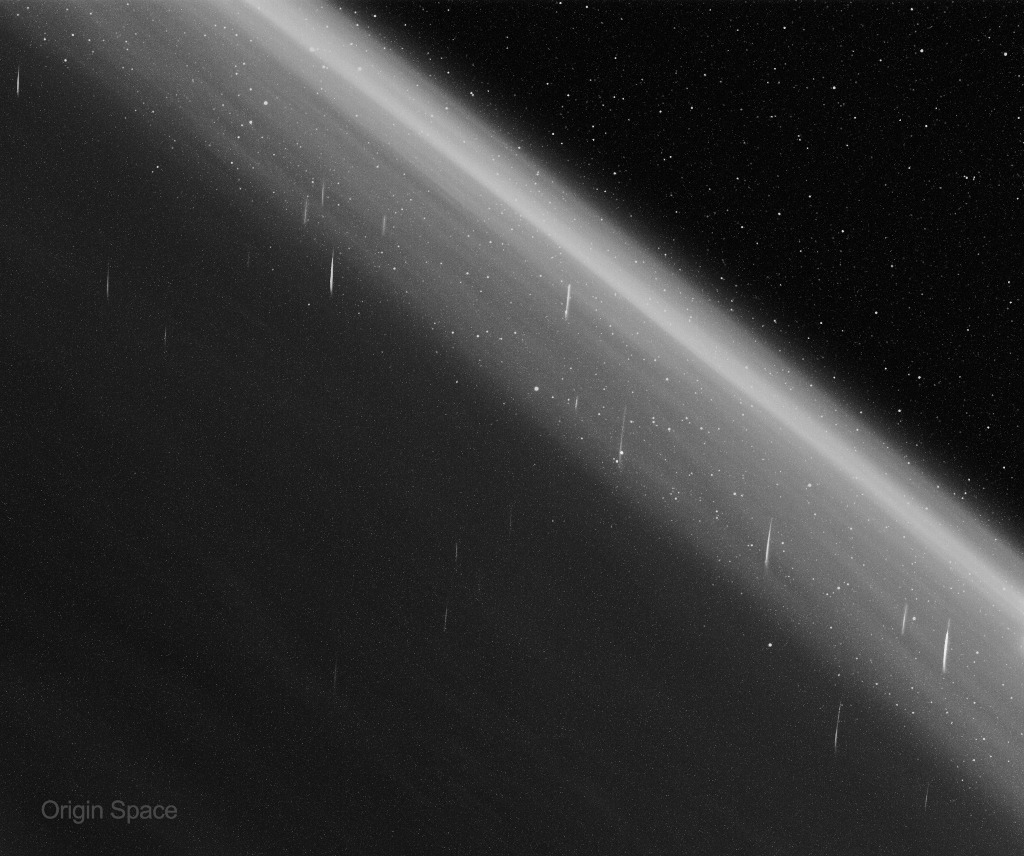
Michael George Campbell (4 June 1954 – 15 March 2008), better known as Mikey Dread, was a Jamaican singer, producer, and broadcaster. He was one of the most influential performers and innovators in reggae music.
Born in Port Antonio, one of five children, from an early age, Campbell showed a natural aptitude for engineering and electronics. As a teenager he performed with the Safari and Sound of Music sound systems, and worked on his high school’s radio station.
He studied electrical engineering at the College of Arts, Science and Technology, and in 1976, started out as an engineer with the Jamaica Broadcasting Corporation (JBC). Campbell wasn’t impressed that the JBC’s playlists mainly consisted of bland, foreign pop music at a time when some of the most potent reggae was being recorded in Jamaica. He convinced his JBC bosses to give him his own radio program called Dread at the Controls, where he played almost exclusively reggae. Before long, Campbell (now using the DJ name Mikey Dread) had the most popular program on the JBC. Well known for its fun and adventurous sonic style, Dread at the Controls became a hit all over Jamaica. Examples of Mikey Dread’s distinctive radio chatter can be heard on the US release of the RAS label LP African Anthem Dubwise.
more...Francisco de Jesús Rivera Figueras (born 4 June 1948), known as Paquito D’Rivera, is a Cuban-American alto saxophonist, clarinetist and composer. He was a member of the Cuban songo band Irakereand, since the 1980s, he has established himself as a bandleader in the United States. His smooth saxophone tone and his frequent combination of Latin jazz and classical music have become his trademarks.
Francisco de Jesús Rivera Figueras was born on 4 June 1948 in Havana, Cuba. His father played classical saxophone, entertained his son with Duke Ellington and Benny Goodman records, and he sold musical instruments. He took D’Rivera to clubs like the Tropicana (frequented by his musician friends and customers) and to concert bands and orchestras.
At age five, D’Rivera began saxophone lessons by his father. In 1960, he attended the Havana Conservatory of Music, where he learned saxophone and clarinet and met Chucho Valdés. In 1965, he was a featured soloist with the Cuban National Symphony Orchestra. He and Valdés founded Orchestra Cubana de Música Moderna and then in 1973 the group Irakere, which fused jazz, rock, classical, and Cuban music.
more...Anthony Braxton (born June 4, 1945 Chicago) is an American experimental composer, improviser and multi-instrumentalist who is best known for playing saxophones, particularly the alto. Braxton grew up on the South Side of Chicago, Illinois, and was a key early member of the Association for the Advancement of Creative Musicians. He received great acclaim for his 1969 double–LP record For Alto, the first full-length album of solo saxophone music.
A prolific composer with a vast body of cross-genre work, the MacArthur Fellow and NEA Jazz Master has released hundreds of recordings and compositions. During six years signed to Arista Records, the diversity of his output encompassed work with many members of the AACM, including duets with co-founder and first president Muhal Richard Abrams; collaborations with electronic musician Richard Teitelbaum; a saxophone quartet with Julius Hemphill, Oliver Lake and Hamiet Bluiett; compositions for four orchestras; and the ensemble arrangements of Creative Orchestra Music 1976, which was named the 1977 DownBeat Critics’ Poll Album of the Year. Many of his projects are ongoing, such as the Diamond Curtain Wall works, in which Braxton implements audio programming language SuperCollider;[8]the Ghost Trance Music series, inspired by his studies of the Native American Ghost Dance; and Echo Echo Mirror House Music, in which musicians “play” iPods containing the bulk of Braxton’s oeuvre. He has released the first six operas in a series called the Trillium Opera Complex.
Braxton identifies as a “trans-idiomatic” composer and has repeatedly opposed the idea of a rigid dichotomy between improvisation and composition. He has written extensively about the “language music” system that forms the basis for his work and developed a philosophy of “world creativity” in his Tri-Axium Writings.
Braxton taught at Mills College from 1985 to 1990 and was Professor of Music at Wesleyan University from 1990 until his retirement at the end of 2013. He is the artistic director of the Tri-Centric Foundation, a nonprofit he founded in 1994 to support the preservation and production of works by Braxton and other artists “in pursuit of ‘trans-idiomatic’ creativity.
more...Oliver Edward Nelson (June 4, 1932 – October 28, 1975) was an American jazz saxophonist, clarinetist, arranger, composer, and bandleader. His 1961 Impulse! album The Blues and the Abstract Truth(1961) is regarded as one of the most significant recordings of its era. The centerpiece of the album is the definitive version of Nelson’s composition, “Stolen Moments“. Other important recordings from the early 1960s are More Blues and the Abstract Truth and Sound Pieces, both also on Impulse!.
Oliver Nelson was born into a musical family in St. Louis, Missouri, United States. His brother was a saxophonist who played with Cootie Williams in the 1940s, and his sister sang and played piano. Nelson began learning to play the piano when he was six and started on the saxophone at eleven. Beginning in 1947 he played in “territory” bands in and around Saint Louis before joining the Louis Jordan band where he stayed from 1950 to 1951, playing alto saxophone and arranging charts for Jordan’s band.
In 1952, Nelson underwent military service in the United States Marines Corps playing woodwinds in the 3rd Marine Division band in Japan and Korea. It was in Japan that Nelson attended a concert by the Tokyo Philharmonic Orchestra and heard Maurice Ravel‘s Ma mere l’Oye and Paul Hindemith‘s Symphony in E Flat. Nelson later recalled that this “‘was the first time that I had heard really modern music for back in St. Louis I hadn’t even known that Negroes were allowed to go to concerts. I realized everything didn’t have to sound like Beethoven or Brahms … . It was then that I decided to become a composer’.
more...With this creative astro-collaboration you can follow the plane of our Milky Way Galaxy as it bridges northern and southern hemisphere skies. To construct the expansive composite nightscape, skies over Observatorio El Sauce in Chile (top) were imaged on the same date but 6 hours later than the skies over the Saint-Veran observatory in the French Alps. The 6 hour time-lag allowed Earth’s rotation to align the Milky Way above domes at the two sites. All exposures were made with similar cameras and lenses mounted on simple tripods. A faint greenish airglow is visible in the dark Chilean sky that also features the Large and Small Magellanic Clouds near the observatory dome. In the French Alps light pollution is apparent, but the distant Andromeda Galaxy can still be spotted near the horizon in the northern night. On planet Earth the two observatories are separated by about 10,000 kilometers.
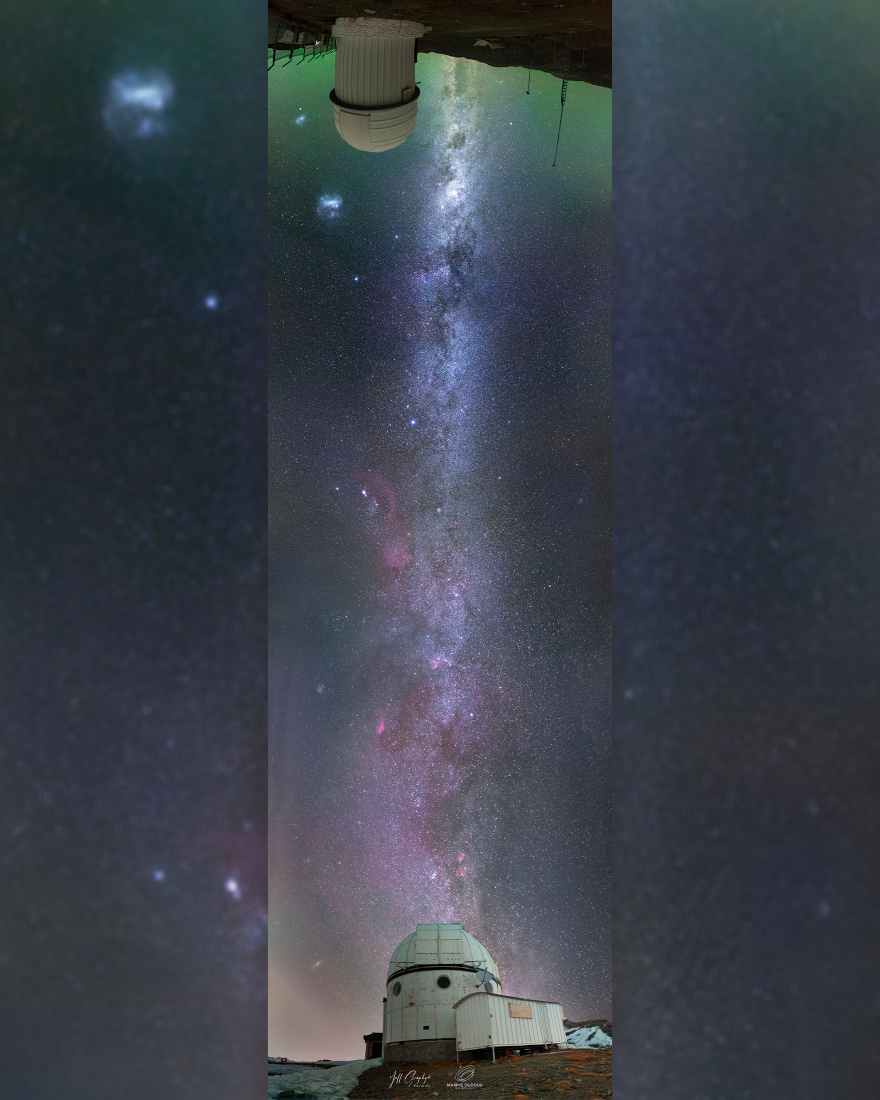
Curtis Lee Mayfield (3 June 1942 – 26 December 1999 Chicago, Ill) was an American singer-songwriter, guitarist, and record producer, and one of the most influential musicians behind soul and politically conscious African-American music. He first achieved success and recognition with the Rock and Roll Hall of Fame-inducted group The Impressions during the civil rights movement of the late 1950s and the 1960s, and later worked as a solo artist.
Mayfield started his musical career in a gospel choir. Moving to the North Side of Chicago, he met Jerry Butler in 1956 at the age of 14, and joined the vocal group The Impressions. As a songwriter, Mayfield became noted as one of the first musicians to bring more prevalent themes of social awareness into soul music. In 1965, he wrote “People Get Ready” for the Impressions, which was ranked at no. 24 on Rolling Stone‘s list of the 500 Greatest Songs of All Time. The song received numerous other awards, and was included in the Rock and Roll Hall of Fame 500 Songs that Shaped Rock and Roll, as well as being inducted into the Grammy Hall of Fame in 1998.
After leaving the Impressions in 1970 in the pursuit of a solo career, Mayfield released several albums, including the soundtrack for the blaxploitation film Super Fly in 1972. The soundtrack was noted for its socially conscious themes, mostly addressing problems surrounding inner city minorities such as crime, poverty and drug abuse. The album was ranked at no. 72 on Rolling Stone’s list of 500 Greatest Albums of All Time.
Mayfield was paralyzed from the neck down after lighting equipment fell on him during a live performance at Wingate Field in Flatbush, Brooklyn, New York, on 13 August 1990.[10] Despite this, he continued his career as a recording artist, releasing his final album New World Order in 1996. Mayfield won a Grammy Legend Award in 1994 and a Grammy Lifetime Achievement Award in 1995. He is a double inductee into the Rock and Roll Hall of Fame, as a member of the Impressions in 1991, and again in 1999 as a solo artist. He was also a two-time Grammy Hall of Fame inductee. He died from complications of type 2 diabetes at the age of 57 on 26 December 1999. Mayfield died from complications of type 2 diabetes at 7:20 AM (11:20 GMT) on Sunday, 26 December 1999, at the North Fulton Regional Hospital in Roswell, Georgia. He was survived by his wife, Altheida Mayfield; his mother, Mariam Jackson; 10 children; two sisters, Carolyn Falls and Judy Mayfield; a brother, Kenneth Mayfield; and seven grandchildren.
more...More Posts
- Billy Higgins
- Art Blakey
- Flamenco Fridays Camerón
- Daily Roots Don Carlos
- Cosmos NGC 7000
- Ed Volker
- Cyril Neville
- John Prine
- Junior Mance
- Thelonious Monk
- World Music El Khat
- Daily Roots Gregory Morris
- MAROONS Minnetonka Community Center
- Cosmos M106
- Camille Saint-Saëns
- John Lennon
- Abdullah Ibrahim
- Yusef Lateef
- World Music Silkroad Ensemble with Rhiannon Giddens
- Daily Roots Monkey Man